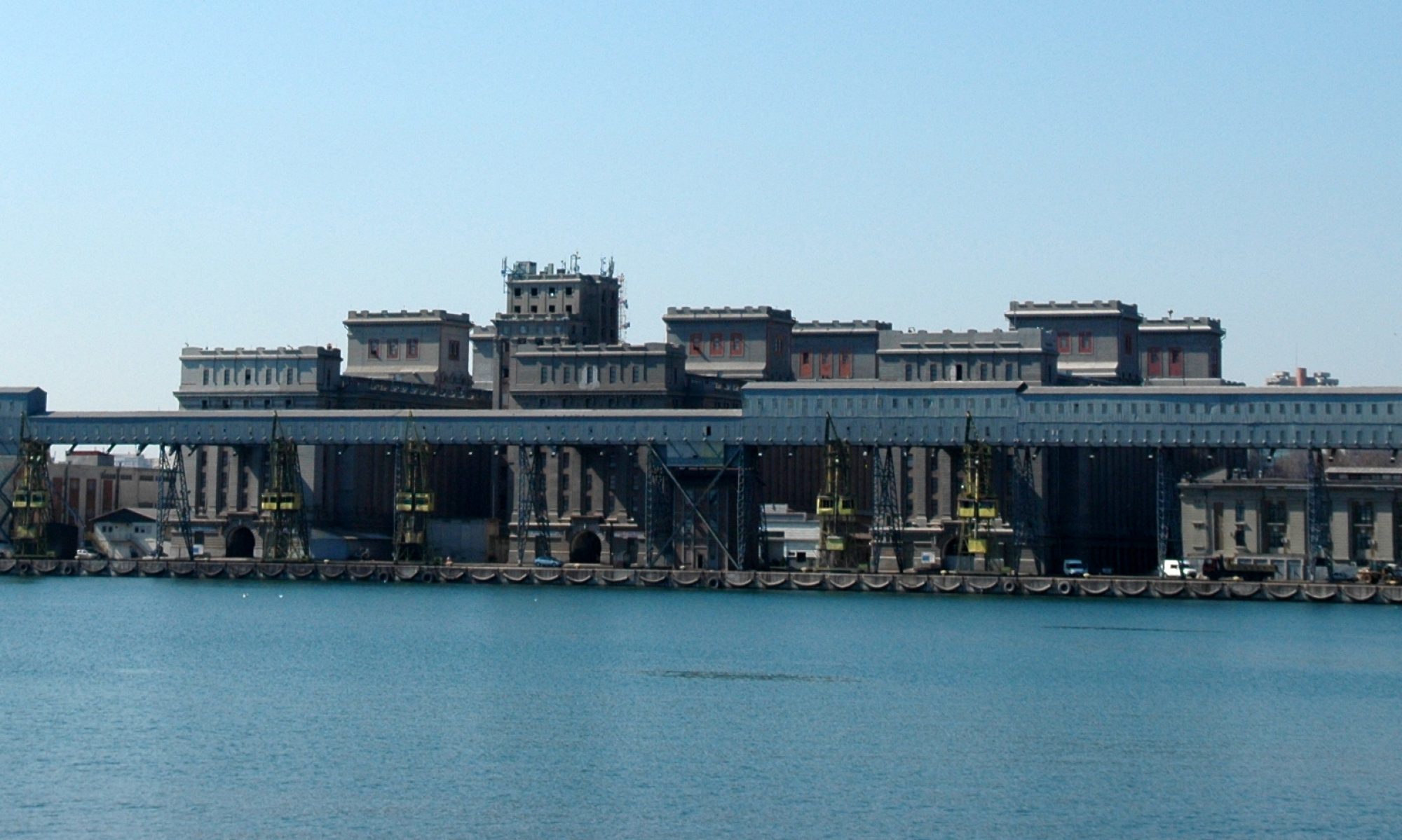The city of Port-au-Prince is on the Gulf of Gonâve: the bay on which the city lies, which acts as a natural harbour, has sustained economic activity since the civilisations of the Arawaks. It was first incorporated under the colonial rule of the French, in 1749, and has been Haiti’s largest metropolis since then. The city’s layout is similar to that of an amphitheatre; commercial districts are near the water, while residential neighborhoods are located on the hills above.

Its population is difficult to ascertain due to the rapid growth of slums in the hillsides above the city; however, recent estimates place the metropolitan area’s population at around 3.5 million, nearly half of the country’s national population.
Port-au-Prince was catastrophically affected by an earthquake on January 12, 2010, with large numbers of structures damaged or destroyed. Haiti’s government has estimated the death toll at 230,000 and says more bodies remain uncounted.©wikipedia

The magnitude 7.0 earthquake centered about 16 kilometres (10 mi) away from Port-au-Prince hit the National Palace as well.
The collapsed cupola has become a symbol of the devastated quake-hit nation. The second floor of the building collapsed almost completely, taking the attic floor with it; the palace’s columned central pavilion, a section containing the main hall and primary staircase, was entirely demolished.
 The National Palace before the quake ©wikipediaFrance has offered to rebuild the presidential palace.
The National Palace before the quake ©wikipediaFrance has offered to rebuild the presidential palace.
At the time of the earthquake, President René Préval and his wife, Elisabeth Delatour Préval, were at their private residence in another part of Port-au-Prince.
 January 2011. Posters of the presidential candidates, aligned in front of the palace
January 2011. Posters of the presidential candidates, aligned in front of the palace
In April 2010, the Haitian government announced plans to demolish the palace in preparation for reconstruction. Sources were mixed as to whether the entire building would be razed, or merely the damaged/unstable portions.
In July, bulldozers appeared on site and began clearing the collapsed central pavilion.
As of August 2010, construction equipment remains on site at the palace, but demolition work appears to have stalled, with only the central rotunda demolished.
In front of the palace ruin, on the other side of the Champ de Mars avenue, on what once used to be a beautiful green park, 2’500 people are now living in a shelter camp.
 Jean Jacques Dessalines’ statue, Chinese humanitarian aid
Jean Jacques Dessalines’ statue, Chinese humanitarian aid
At the end of the avenue is a monument nicknamed “Aristide’s Folly” – built to commemorate 200 years of haitian independance in 2004. It was supposed to bear an eternal flame on top.
 Champ de Mars Avenue. On the right, palace grounds. On the left, IDP-campIn spite of the image that is broadcasted by an indefatigable media in its craving for sensation, people here never lost their smiles.
Champ de Mars Avenue. On the right, palace grounds. On the left, IDP-campIn spite of the image that is broadcasted by an indefatigable media in its craving for sensation, people here never lost their smiles.
 Higher playground
Higher playground
One encounters happy and smiling faces even in the most miserable parts of the town. At Champ de Mars, a guy came out of the camp and cordially informed us about the presidential candidates and their different characteristics.

Remains of the cathedral. 21 people including the bishop died here one year ago. It is said they are burried on the grounds on the right of the building.

The artist Jerry is Banksys Haitian equivalent. The painting on the right represents the mourning country. (see Haiti’s shape on the map above)

Le Marché en Fer – newly reconstructed after the earthquake. On the 10th of January, painters were completing the finishing touch in time for the commemoration of the earthquake victims. One day later Bill Clinton held a speech here.

Gingerbread houses are called like that because of the graceful wooden artwork under the roof. This style was created by Haitian architects in the late 1800s. Returning from their study in Paris, they defined a “Haitian style”.

The bricks used for the construction were originally brought in as balast for the empty trade ships arriving here for coffee, sugar and indigo.

There are some 300 houses still left today in Port au Prince. They resisted astonishingly well during the earthquake.

One more thing: please don’t drive around like that, in the belief you’re doing a good humanitarian aid thing. It’s provoking, dangerous and stupid. Thank you.

Special thanks to Jacqualine Labrom at www.voyageslumiere.com for the wonderful guided tour through Port au Prince.
all quotes from wikipedia. see references below
link to the Haiti Patrimoine site. more gingerbread houses and wonderful monuments there!
